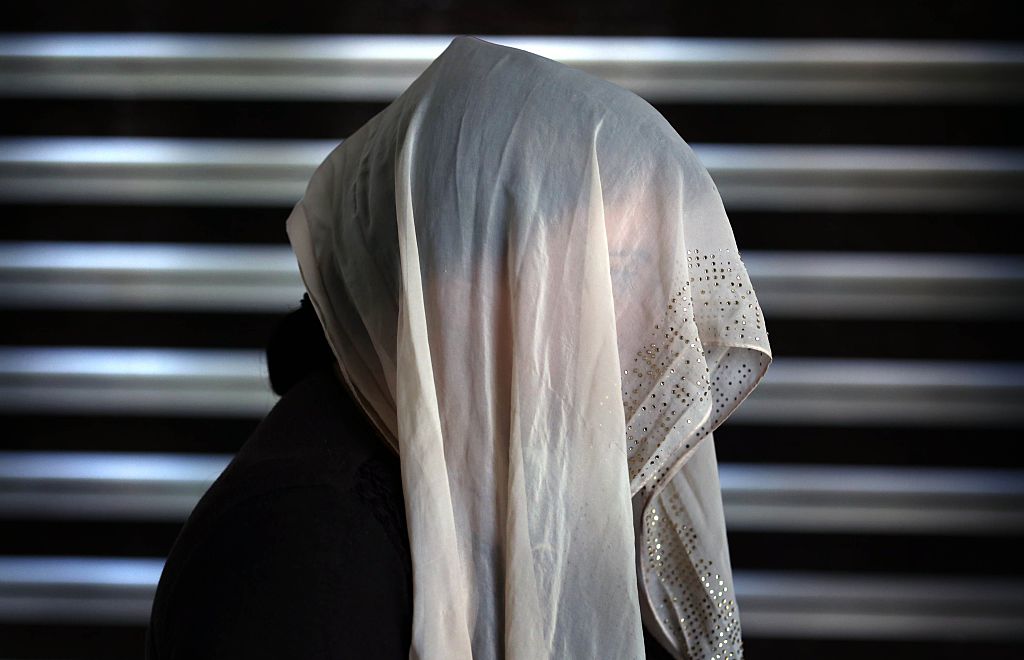Three years ago, international attention was drawn to the desperate plight of Iraq’s Yazidis, a largely unheard of ethnic and religious minority. As Isis rampaged across their homeland of Sinjar in Northern Iraq in the summer of 2014, thousands of Yazidi women were kidnapped and taken hostage to serve as prized sex slaves by Isis members. Many of them still remain in Isis-held territory across the border in Syria.
Children were brainwashed and recruited to fight for the jihadists, while adults were massacred and left in the mass graves which now litter the mountainous northern districts of Iraq. Those who were able to flee did so to Mount Sinjar, whereon they were surrounded by the jihadists, and had to be rescued by dramatic helicopter airlifts which were televised across the world. So great were these crimes that the UN described them as genocide.
Three years later, on the anniversary of this recent genocide, the Yazidi struggle is far from over. The upcoming referendum on Kurdish independence is a new challenge for the Yazidi community as it struggles to find its place in a post-Isis Iraq.
The Kurds themselves have been a widely discriminated against minority under multiple Iraqi governments – and Masoud Barzani’s Kurdish government has repeatedly tried to position itself as the region’s only reliable defender of minorities. As Barzani’s son, who is Chancellor of the Region’s Security Council, recently stated, ‘Kurdistan will remain a home for all people of different faiths and groups.’
But many Yazidis are unsure whether or not to trust the Kurdish government. When Isis approached Sinjar in August 2014, having just captured the city of Mosul, it was the Kurdish Peshmerga who fled, leaving thousands of Yazidi civilians to a horrific fate. There is a feeling within the Yazidi community that they were abandoned by the Kurds in their time of greatest need.
Iraq was once home to some 400,000 Yazidis, many of whom lived in the district of Sinjar. Now, some two years after Sinjar’s recapture from Isis, a quarter of those have fled Iraq for new lives in Europe and North America, and very few have returned to the area which serves as something of a homeland. Thanks to ongoing political disputes between Kurdish groups and Baghdad as to who should control Sinjar, severe blockades on goods coming into Yazidi areas make everyday life near impossible. So while Baghdad and Erbil squabble, it is the Yazidi people who continue to suffer.
In July, a Human Rights Watch report accused the Asaiysh, the Kurdish security forces, of threatening and intimidating those Yazidis who have chosen to align themselves with the Baghdad government instead of Masoud Barzani’s KRG government. The report claimed that Kurdish authorities had expelled and intimidated the families of those Yazidi who had refused to back the Kurdish Peshmerga, and had instead aligned with Baghdad’s Popular Mobilisation Front, a largely Shia militia which numbers over 100,000.
In recent years, Kurdish opportunism has left Kurdish forces in control of several areas outside of the the recognised Kurdish Federal Region of Iraq, including the Yazidi majority area of Sinjar. But while many of the residents of these areas show no affinity to an independent Kurdistan, and wish to remain a part of a united Iraq, the KRG government is insistent they will be included in the Kurdish push for independence. There is a tragic irony in a much discriminated-against minority ignoring the will of another vulnerable minority in their push for independence. The most recent genocide in history may be over, but for Iraq’s Yazidis, the suffering continues.
Gareth Browne is a British freelance journalist currently based in Iraq






Comments